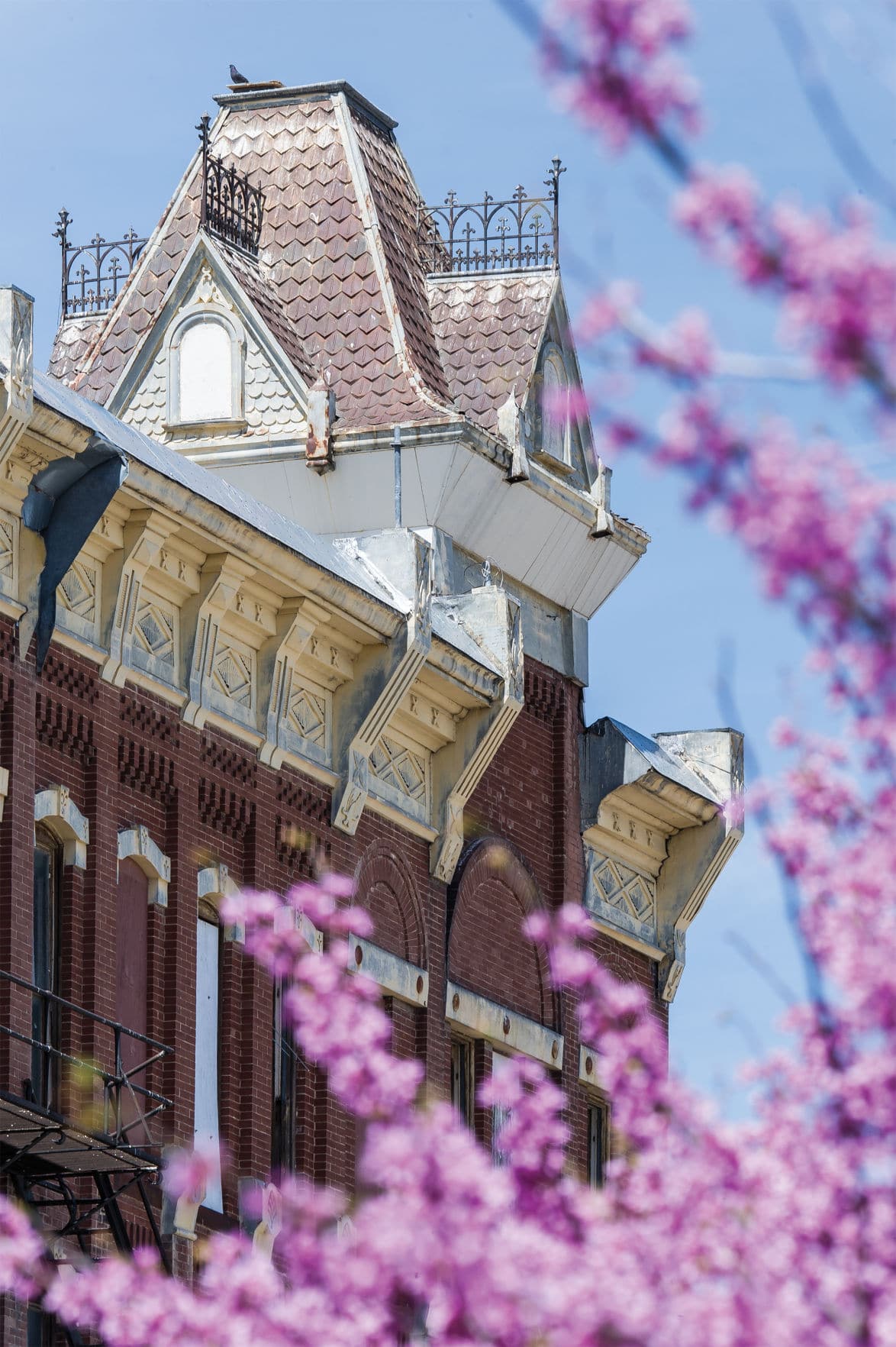By now, most people in the region know Garden City as a top-notch destination in Western Kansas, fully loaded with amazing restaurants, wonderful meeting spaces, and hotels that go above and beyond to meet the needs of their clientele.
This isn’t a new phenomenon. In fact, Garden City’s roots as a hospitality destination stretch back all the way to 1887, the year construction began on the Windsor Hotel, the grandest hotel in the region, nicknamed ‘the Waldorf of the Prairie.’
In this article, we are going to journey together back in time, to marvel at the rich history surrounding of the Finney County’s most famous buildings, its slide into disuse, and the citizens of Garden City who continue to work so hard to return the hotel to its former glory.
The Building of the Windsor Hotel
Construction began on the Windsor in 1887. Its chief builder was John A. Stevens, a former buffalo hunter and wild horse wrangler. He was backed by the building and architecture firm Stevens and Thompson and only decided to build when he saw another of Garden City’s famous sons (and Stevens’s rival) Buffalo Jones had decided to build a hotel.
Construction on what would become the Windsor Hotel ran almost immediately over budget. Though most of the builders and material were locally sourced, the building was large, containing 126 rooms, and it was also opulent, decked out with furniture and kitchen appliances which cost over $35,000 ($879,000 in today’s money).
Still, construction was completed in 1889 and the Windsor officially opened in November of that year, with a huge public gathering which involved tours of the hotel and a party in the parlors complete with music and food.
Upon its completion, the Windsor was one of the grandest hotels in America. Its rooms, halls, and parlors played host to important business people from all over the country, and it is said that millions of dollars have changed hands across its tables.
The Hotel Changes Hands
In 1893, John A Stevens relinquished control of the Windsor Hotel. Like many business people of the era, he had been badly affected by the Panic of 1893, an economic catastrophe that rippled out of overbuilding of the railroads, decreased demand, and a number of banking failures.
He sold the hotel to John E. Baker and Mr. Inge, and engaged in new business ventures, including retail and farming, until his death in 1902. He is the namesake for Garden City’s Stevens park.
Loss of Prominence
As the era of railroad travel gave way in the 1930’s and 40’s to automobiles, grand, city center hotels suffered. Most ordinary Americans preferred to lodge in cheaper, more automotive friendly ‘motor hotels’ or ‘motels’ on the outskirts of the city.
This led to a modernization of the Windsor Hotel in the 1940’s, a process which saw the destruction of the grand staircase and the building of a new lobby.
The improvements did not help bring business back to the Windsor, however, and the hotel continued to suffer economically.
National Register of Historic Places
In 1972, the Windsor Hotel was added to the National Register of Historic Places by the US National Park Service. At the time, it was only allowed to rent out 89 of its rooms, due to the degradation which was affecting the octogenarian building.
Then in 1976, the Windsor suffered its worst blow yet. After an inspection of the building, the Kansas State Fire Marshall issued the building owners a 30 day notice for them to cease operations in the hotel, citing a breach of the Kansas fire code.
The Windsor closed in early 1977.
The Present
The building stood sadly derelict for nearly two decades until, in 1996, it was determined that the building was still structurally sound and worthy of renovation. It was then purchased by a group of locals called the Finney County Preservation Alliance, and they hold the keys to the hotel to this day.
The group is responsible for obtaining grants and raising money to help restore the hotel, and progress, especially recently, seems promising. The hotel now offers tours and hosts frequent benefit events to raise funds.
The Future
It is difficult to imagine some places without their most famous buildings. What is Paris without the Eiffel Tower? What is New York without the Flatiron? The Windsor stands alone in Garden City as both a relic of its past, a testament to the present, and a beacon of hope for the future. If things continue to progress on their current track, it is not so far fetched to imagine a second grand reopening of Garden City’s ‘Waldorf on the Prairie,’ and indeed, such a resurgence might go on to be so tied to the people and spirit of Garden City that it becomes inextricably entwined with the city itself.


